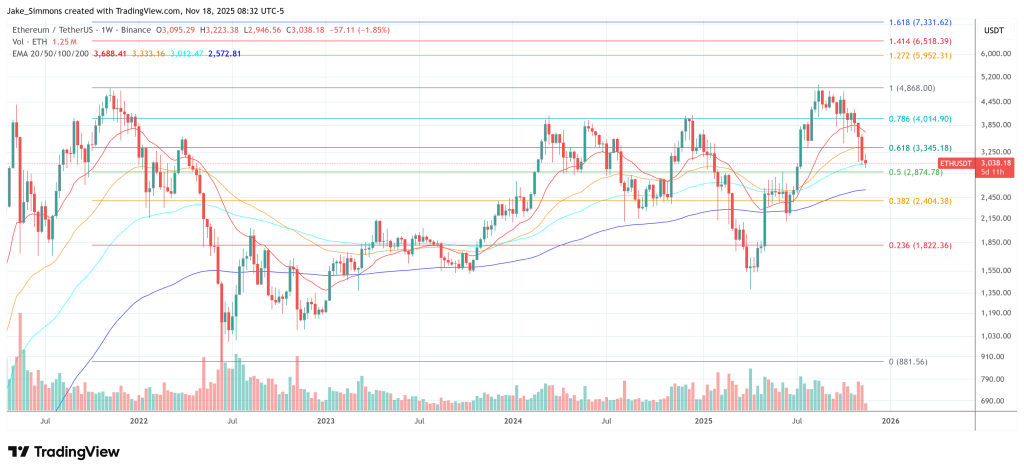Brave Rewards’ Journey to Solana
From Brave Payments to Solana
Originally known as Brave Payments, the platform began using blockchain technology for transactions, initially based on Bitcoin. However, due to high fees and evolving network conditions, the team explored alternative blockchain solutions. In 2017, they adopted Ethereum because of its smart contract capabilities, which initially seemed promising for its low transaction costs. Despite early optimism, increasing fees made onchain settlements for Brave Rewards impractical on the Ethereum platform.
A New Solution: Solana
Solana was the solution. Brave turned to Solana not just for its cost-effectiveness compared to Ethereum, but also because of the thriving developer community, robust ecosystem of dApps, and efficient cross-chain bridges. By taking advantage of the Solana network’s fast finalization, Brave was able to execute decentralized payments directly to user-controlled wallets. This transition marked a significant shift from centralized custodians to decentralized onchain settlements, empowering users to utilize their rewards seamlessly within the ecosystem.
Invitation-Only Feature
Currently, Brave Rewards on Solana is an invite-only feature, starting with a limited group of early participants. However, Brave users around the world will soon be able to receive BAT earned from Brave Rewards to a self-custody wallet address on the Solana blockchain.
Payout Address Verification
According to Christopher Nguyen, program director of Brave Rewards, the first aspect of the integration involved payout address verification. Users are empowered to verify ownership of their Solana address and link it to their Brave Rewards profile, enabling seamless monthly earnings transfers. This functionality extends beyond Brave Wallet to accommodate other 3rd party wallets.
Monthly Distribution of Brave Rewards Payments
The second piece of the integration was the monthly distribution of Brave Rewards payments to users. Nguyen adds that “although the current fees are not expensive, lower is always better” and that they are exploring further fee optimization strategies like account compression to help solve the problem of high onchain storage costs.
Project Timeline and Solana’s Learning Curve
From a project timeline perspective, Nguyen expressed satisfaction with the learning curve of Solana. “Normally, projects of this scale take three quarters,” he says. “We were able to do it in one quarter and feel pretty confident about it.” He attributes this quick ramp-up time to excellent technical documentation and the Solana community.
Differences Between Ethereum and Solana
Ethereum developers looking to make the switch to Solana should know that there are some key differences between the two platforms. There is a shift in account model design, with Solana featuring a parallel execution design that optimizes performance and reduces costs through program reusability. The local fee markets on Solana and Tower BFT consensus mechanism enhance transaction throughput, while its developer-friendly environment and diverse tooling support innovative, decentralized application development.
Conclusion
Brave Rewards’ transition to Solana marks a significant milestone in the evolution of decentralized payments. By leveraging Solana’s fast finalization, cost-effectiveness, and thriving developer community, Brave has empowered users to take control of their rewards and utilize them seamlessly within the ecosystem. As the platform continues to grow and develop, it will be exciting to see how Solana’s unique features and advantages shape the future of decentralized payments.
FAQs
- What is Brave Rewards? Brave Rewards is a platform that enables users to earn cryptocurrency rewards for their online activities.
- Why did Brave switch from Ethereum to Solana? Brave switched to Solana due to its cost-effectiveness, fast finalization, and thriving developer community, making it a more suitable platform for decentralized payments.
- What are the key differences between Ethereum and Solana? Solana features a parallel execution design, local fee markets, and Tower BFT consensus mechanism, which optimize performance and reduce costs compared to Ethereum.
- How does payout address verification work? Users can verify ownership of their Solana address and link it to their Brave Rewards profile, enabling seamless monthly earnings transfers.
- What is the current status of Brave Rewards on Solana? Brave Rewards on Solana is currently an invite-only feature, starting with a limited group of early participants, but will soon be available to all Brave users.







